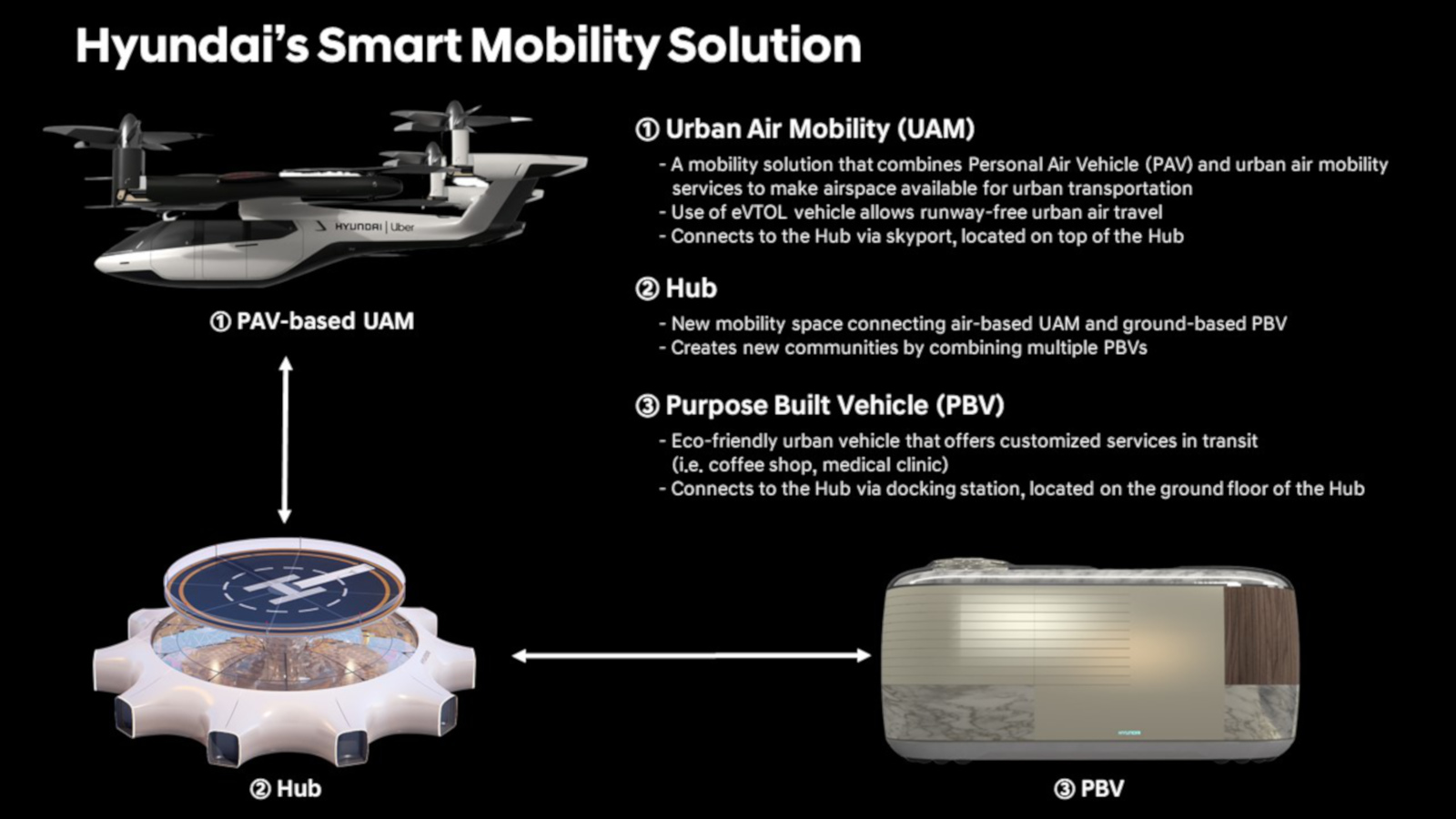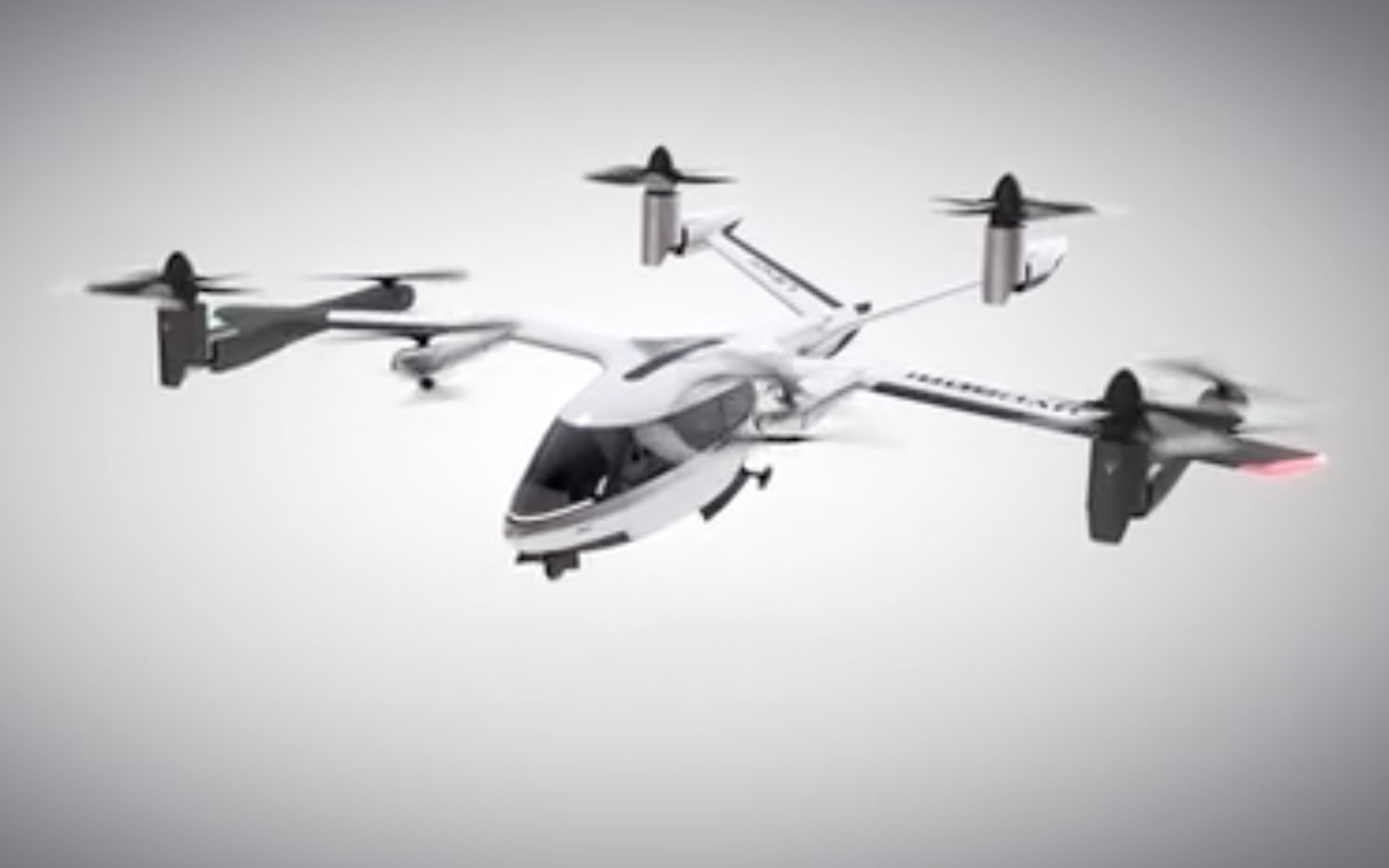BERLIN (Reuters) – Transport app FlixMobility reported on Thursday a 37% increase in passenger numbers last year, as Germany’s best-funded tech startup claimed the mantle of the world’s biggest provider of intercity bus services. FILE PHOTO: Passengers walk in front of a FlixBus intercity bus at the Carparkplatz Sihlquai bus station in Zurich, Switzerland October… Continue reading Transport app FlixMobility achieves 37% passenger growth in 2019, eyes India
Tag: Uber
UPDATE 1-Uber stops upfront ride pricing in response to California worker law
(Reuters) – Uber Technologies Inc (UBER.N) on Wednesday informed its California customers that it would switch to providing estimates as opposed to fixed prices for its rides in response to a new law that makes it harder to qualify its drivers as contractors. FILE PHOTO: Uber’s logo is pictured at its office in Bogota, Colombia,… Continue reading UPDATE 1-Uber stops upfront ride pricing in response to California worker law
Uber stops upfront ride pricing in response to California worker law
NEW YORK, Jan 8 (Reuters) – Uber Technologies Inc on Wednesday informed its California customers that it would switch to providing estimates as opposed to fixed prices for its rides in response to a new law that makes it harder to qualify its drivers as contractors. In an email sent out to riders and seen… Continue reading Uber stops upfront ride pricing in response to California worker law
Tech layoffs rise as cost-cutting comes into vogue
Companies cut 64,166 tech jobs in 2019, up 351% from the prior year Alex Wilhelm 8 hours Hello and welcome back to our regular morning look at private companies, public markets and the gray space in between. Today, we’re taking digging into two trends: recent layoffs at various domestic unicorns and secondly, how those layoffs… Continue reading Tech layoffs rise as cost-cutting comes into vogue
@Hyundai: Hyundai Unveils Human-Centered Future Mobility Vision at CES 2020
Hyundai Motor to accelerate transition into Smart Mobility Solution Provider with three innovative mobility solutions Urban Air Mobility (UAM) New form of mobility utilizing air space to drastically reduce transit time Four principles of UAM announced: safe, quiet, affordable and passenger-centered PAV (Personal Air Vehicle) showcased in collaboration with Uber Purpose Built Vehicle (PBV) Eco-friendly… Continue reading @Hyundai: Hyundai Unveils Human-Centered Future Mobility Vision at CES 2020
@Hyundai: Uber and Hyundai Motor Announce Aerial Ridesharing Partnership at CES
Hyundai is the first Uber Elevate partner with manufacturing capabilities to mass produce Uber Air Taxis Hyundai’s UAM (Urban Air Mobility) will vitalize cities by enabling on-demand urban air mobility in Uber’s Elevate Network 6 January 2020 – Uber and Hyundai Motor Company have today announced a new partnership to develop Uber Air Taxis for… Continue reading @Hyundai: Uber and Hyundai Motor Announce Aerial Ridesharing Partnership at CES
Building a cross-country road trip for the 50 States Project
Route-planning as participatory art The classic American road trip is a perfect project for an interactive map. Mapbox volunteers worked with artists from Capitol Hill Arts Workshop to support a year-long, cross-country mobile artist residency with the goal of taking visual stock of the state of the nation and building empathy. By: Chris Brainerd, Rebecca Rice,… Continue reading Building a cross-country road trip for the 50 States Project
Uber and Hyundai unveil new electric air taxi with 60-mile range
Uber and Hyundai partnered on a new electric air taxi and unveiled a new eVTOL electric aircraft with a 60-mile (100 km) range and a cruising speed up to 180 mph (290 km/h). Following the rise of consumer drones and improved battery capacity, electric vertical take-off and landing aircraft (eVTOL) with the capacity for passengers… Continue reading Uber and Hyundai unveil new electric air taxi with 60-mile range
Uber’s latest safety solution is a PIN code for your ride
Sponsored Links Uber Uber is taking more steps to prevent riders from getting into the wrong car. As of this week, all passengers in the US and Canada will have the option of supplying a PIN code to their driver to verify that they’re in the right vehicle. Enable the feature in your settings and… Continue reading Uber’s latest safety solution is a PIN code for your ride
Hyundai Uber Aerial Rideshare Partnership Ceremony
– Hyundai is the first Uber Elevate partner with manufacturing capabilities to mass produce Uber Air Taxis – Hyundai’s UAM (Urban Air Mobility) will vitalize cities by enabling on-demand urban air mobility in Uber’s Elevate Network LAS VEGAS, Jan. 7, 2020 /PRNewswire/ — Hyundai Motor Company and Uber have announced a new partnership to develop Uber… Continue reading Hyundai Uber Aerial Rideshare Partnership Ceremony



